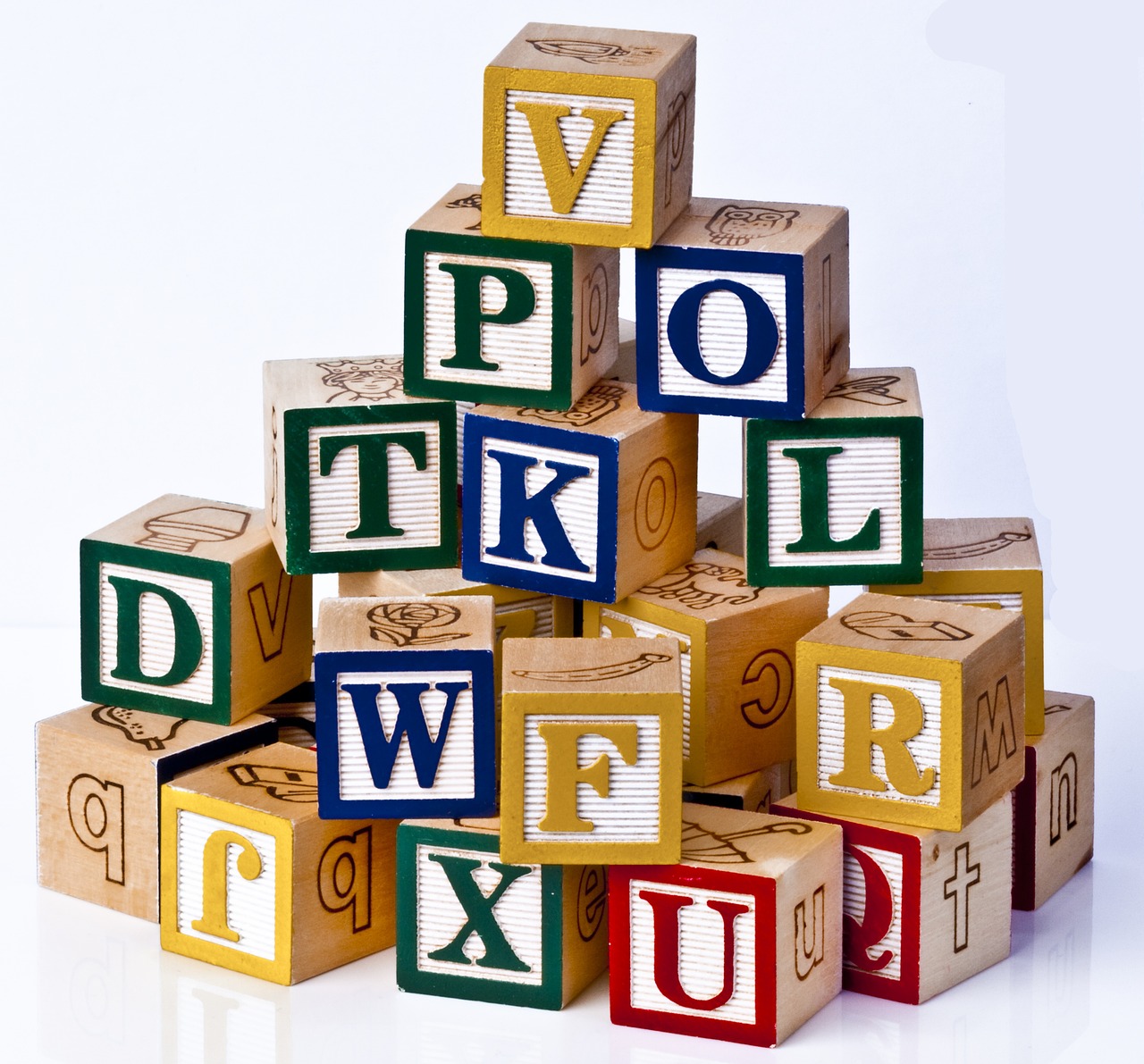Incorporating Game-Based Learning into the Curriculum
Game-based learning is becoming an increasingly popular way to engage students and enhance their learning experiences. By incorporating elements of games into the curriculum, educators can provide a more interactive and immersive learning environment that caters to the needs of today’s digital natives. In this article, we will explore the benefits of game-based learning and provide tips on how to effectively implement it into the curriculum.
The Benefits of Game-Based Learning
There are several benefits to incorporating game-based learning into the curriculum. One of the main advantages is that it can make learning more engaging and fun for students. By turning lessons into games, educators can capture students’ attention and motivate them to participate actively in the learning process.
Game-based learning also promotes collaboration and communication among students. Many games require students to work together to solve problems and achieve common goals, fostering teamwork skills that are essential in today’s interconnected world.
How to Implement Game-Based Learning
When incorporating game-based learning into the curriculum, educators should consider the following tips:
- Start by identifying the learning objectives you want to achieve through games.
- Choose games that align with the curriculum and provide meaningful learning experiences.
- Provide clear instructions and guidelines for how the games should be played.
- Integrate games into lessons in a way that enhances students’ understanding of the subject matter.
- Encourage students to reflect on their gaming experiences and connect them to real-world situations.
Examples of Game-Based Learning
There are many examples of game-based learning that educators can incorporate into their curriculum. Some popular options include:
- Kahoot a game-based learning platform that allows educators to create quizzes and surveys for students to complete.
- Prodigy a math game that helps students practice their math skills in a fun and interactive way.
- Minecraft Education Edition a version of the popular game Minecraft designed for educational purposes, where students can learn about a variety of subjects through gameplay.
Challenges of Game-Based Learning
While game-based learning has many benefits, there are also some challenges to consider. One of the main challenges is ensuring that games are integrated effectively into the curriculum and align with learning objectives. Educators also need to be mindful of the amount of time students spend playing games and ensure that it does not detract from other important aspects of their education.
Measuring the Effectiveness of Game-Based Learning
It is essential to measure the effectiveness of game-based learning to determine its impact on student learning outcomes. Educators can use a variety of assessment methods, such as quizzes, surveys, and observations, to evaluate how well students are grasping the material presented through games. By collecting and analyzing data on student performance, educators can make informed decisions about the benefits of game-based learning.
FAQs
What subjects can benefit most from game-based learning?
Game-based learning can be beneficial for a wide range of subjects, including math, science, language arts, and social studies. Games can help students develop critical thinking skills, problem-solving abilities, and subject-specific knowledge in a fun and engaging way.
How can educators ensure that games are age-appropriate for their students?
Educators should carefully select games that are age-appropriate for their students based on factors such as complexity, subject matter, and educational goals. It is essential to review the content of games thoroughly before incorporating them into the curriculum to ensure they are suitable for the age group of the students.
Can game-based learning be effective for students with different learning styles?
Game-based learning can be effective for students with different learning styles because it provides a variety of ways for students to engage with the material. Visual learners may benefit from the graphics and animations in games, while auditory learners may benefit from the sound effects and music. Kinesthetic learners can benefit from the hands-on nature of gameplay. By offering a diverse range of learning experiences, game-based learning can cater to students with different learning styles.







